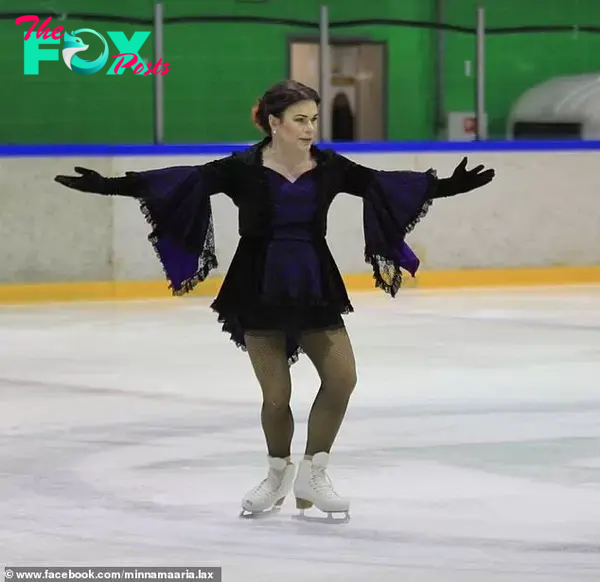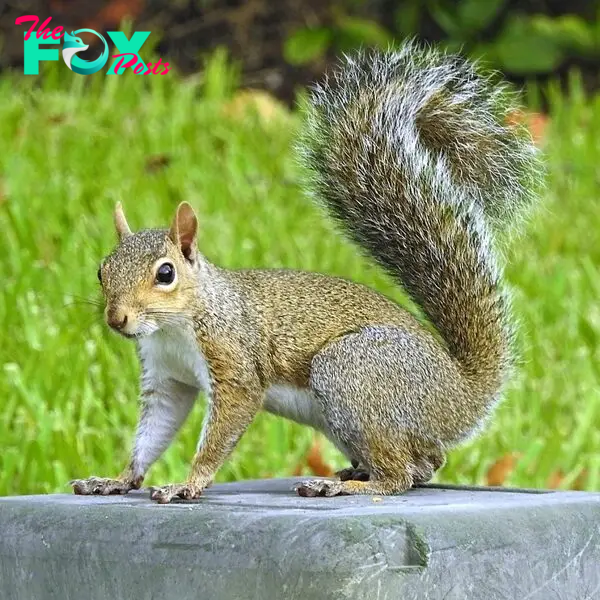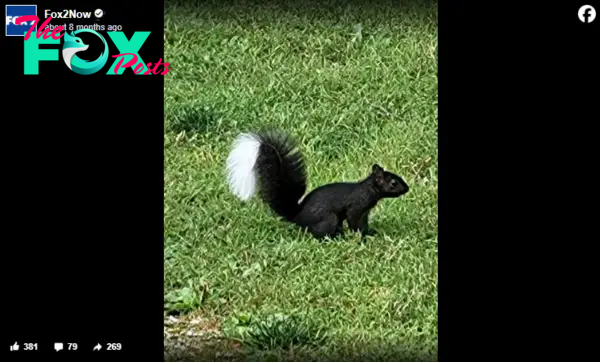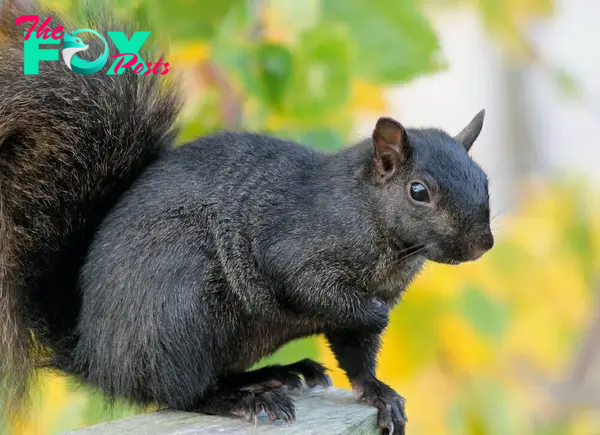Lifestyle
The World’s First Trans Figure Skating Routine Did Not Go According To Plan

Minna-Maaria Antikainen, the world’s first transgender figure skater, had a mishap during her debut at the European Figure Skating Championships in Finland. Formerly known as Markku-Pekka Antikainen, she transitioned to a woman and started figure skating at 49.

During the opening ceremony, she stumbled and fell seconds into her performance but was helped up by a female hostess carrying the Finnish flag. Despite this, Antikainen had trained for eight years, practicing five hours a week and participating in other skating events.
The European Figure Skating Championships focused on promoting diversity and inclusion with the theme “Just be you.” However, same-sex pairs are still banned in the sport, and there’s no category for non-binary skaters. Hopefully, more countries will work toward equality and diversity in figure skating.
The mystery of the “squnk”: Ohio residents can’t tell if this creature is a squirrel or a skunk,,,,,,

In Northeast Ohio, there’s been talk lately about this unusual and intriguing critter that resembles a hybrid between a skunk and a squirrel.
The creature, called a “squnk,” has a squirrel’s body but a skunk’s dark black fur and white-tipped tail:

Recently, there have been multiple reports of sightings of this unusual creature in Ohio, and pictures of it have gone popular on social media. According to some theories, the “squnk” may indeed be a cross between the two species.
It turns out that this “squnk” is a black squirrel. Even without any skunk DNA, it’s still a really uncommon sight. According to Smithsonian Magazine, black squirrels are the offspring of coupling eastern gray and fox squirrels. The squirrel in question is actually an eastern gray squirrel that got a gene variation that gave it a darker pigmentation.

There is only one black squirrel for every 10,000 squirrels, making them extremely rare. They are able to stay warmer in the winter and in colder climates thanks to their darker coat, which gives them a thermal advantage over typical gray squirrels.
Since their release on campus in 1961, ten black squirrels have been an iconic feature of Kent State University, earning them the title of unofficial mascot.
Therefore, don’t worry if you see a “squnk” in Ohio; it’s only a black squirrel with some fur on its tail that resembles that of a skunk, and you won’t get sprayed.
What a remarkable creature, wow! Even while it may not be a squirrel-skunk hybrid, it is nevertheless a rare critter to find.
If you are an animal lover, please share this tale!
-

 Lifestyle3h ago
Lifestyle3h agoEverything to Know About Bluesky: Celebrity Users, How to Register and More
-

 Lifestyle5h ago
Lifestyle5h agoReham Khan reiterates marriage delay advise to Hania Aamir | The Express Tribune
-

 Lifestyle5h ago
Lifestyle5h agoSon of renowned Bollywood director killed in car accident | The Express Tribune
-

 Lifestyle10h ago
Lifestyle10h agoArnault Family: Get to Know the Billionaire Heirs of Bernard Arnault and Their Top Positions at LVMH
-

 Lifestyle10h ago
Lifestyle10h agoGazans turn to pottery amid shortages | The Express Tribune
-

 Lifestyle10h ago
Lifestyle10h agoBlasts at rapper Badshah's club tied to Bishnoi gang | The Express Tribune
-

 Lifestyle15h ago
Lifestyle15h agoGladiator II' makes $106M in global box office | The Express Tribune
-

 Lifestyle15h ago
Lifestyle15h agoA journey through the kitchen | The Express Tribune

























